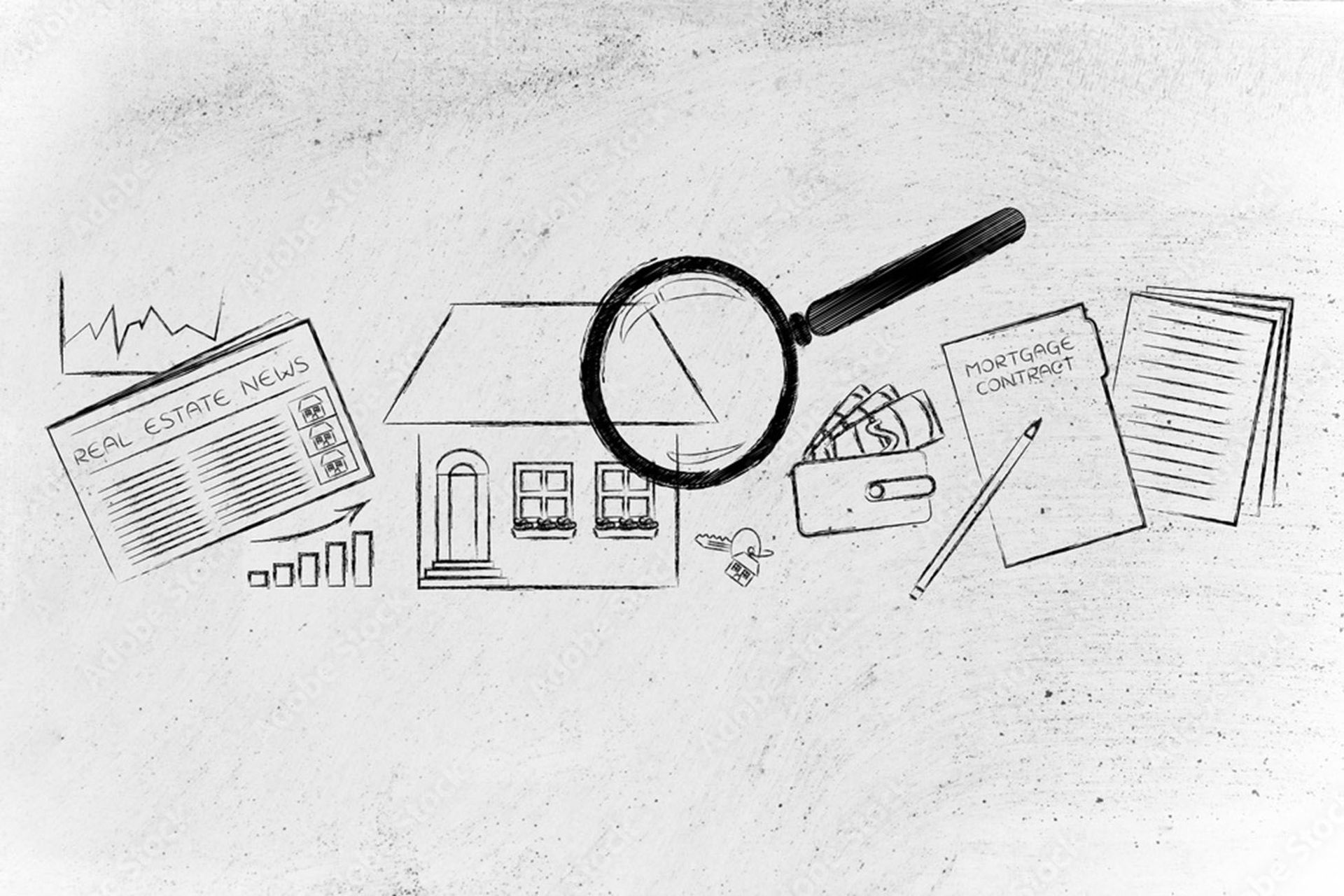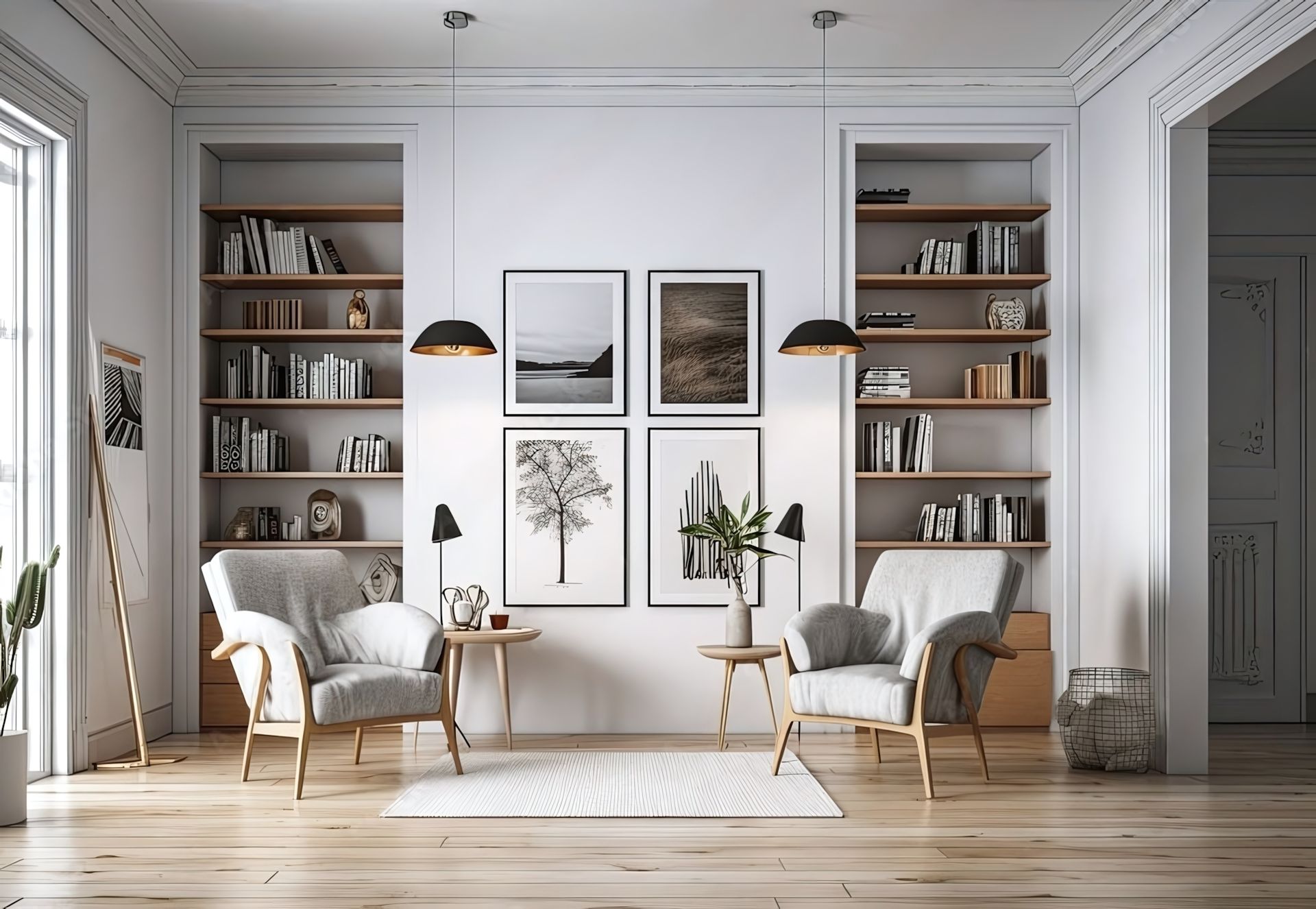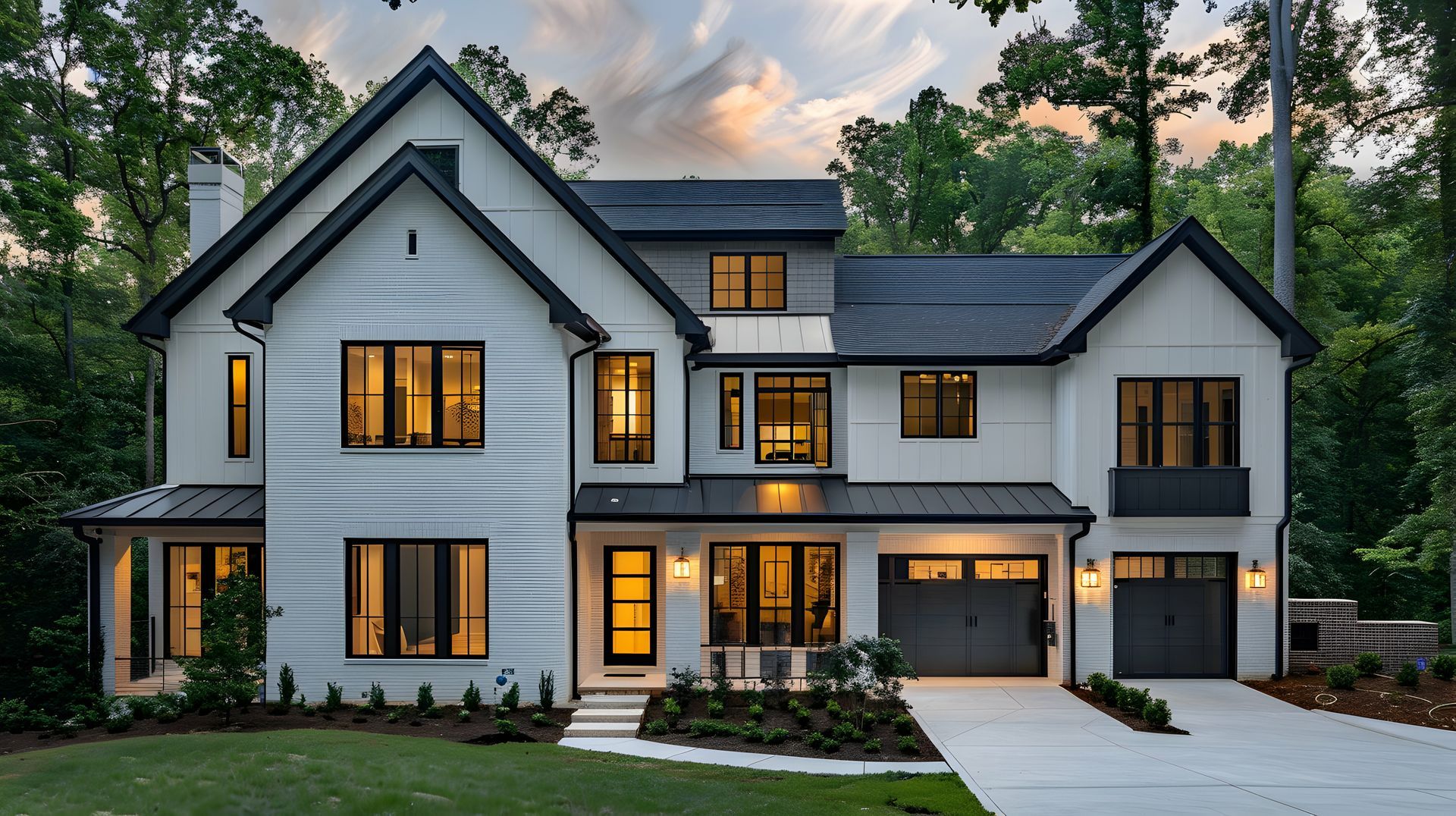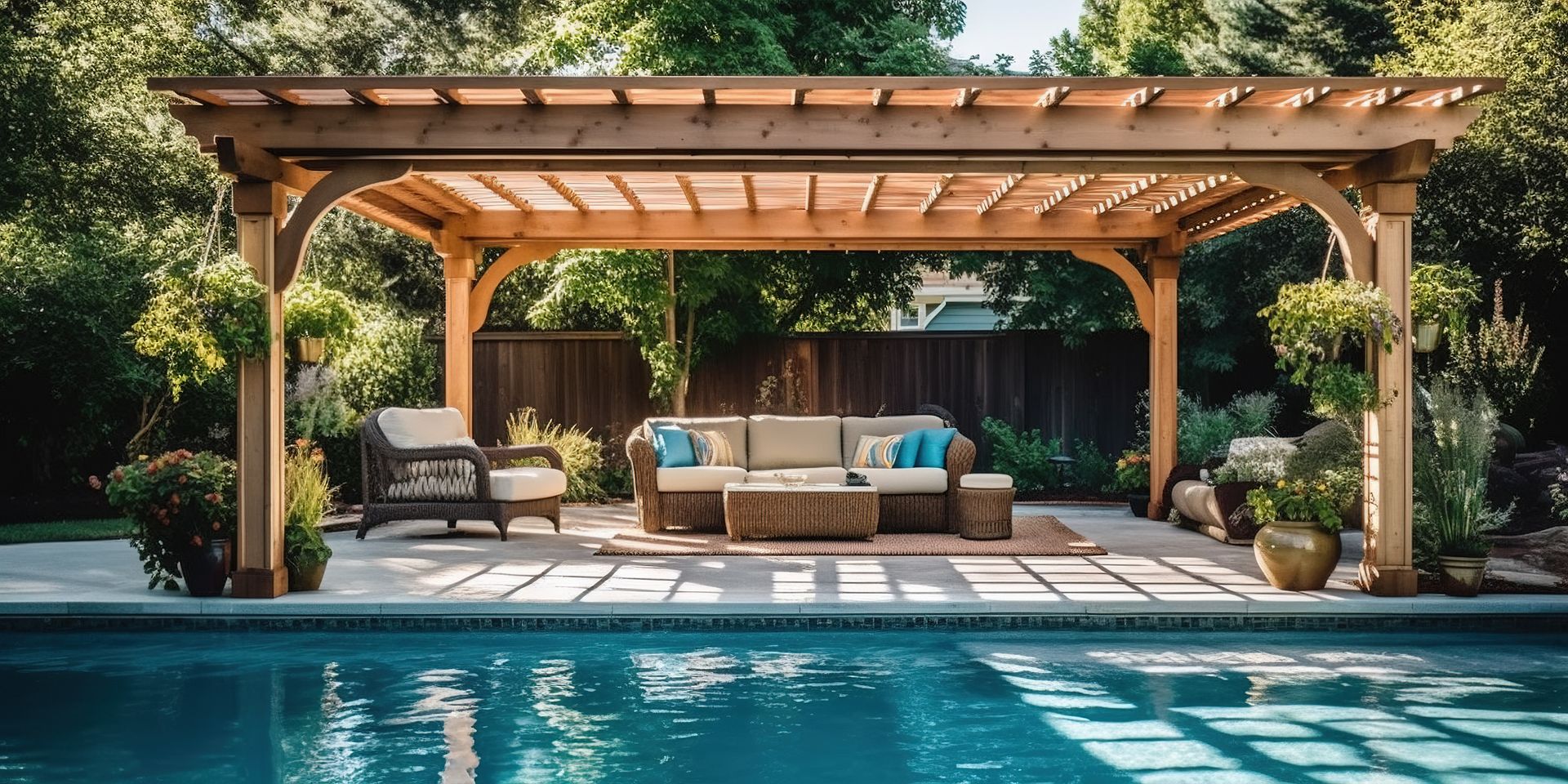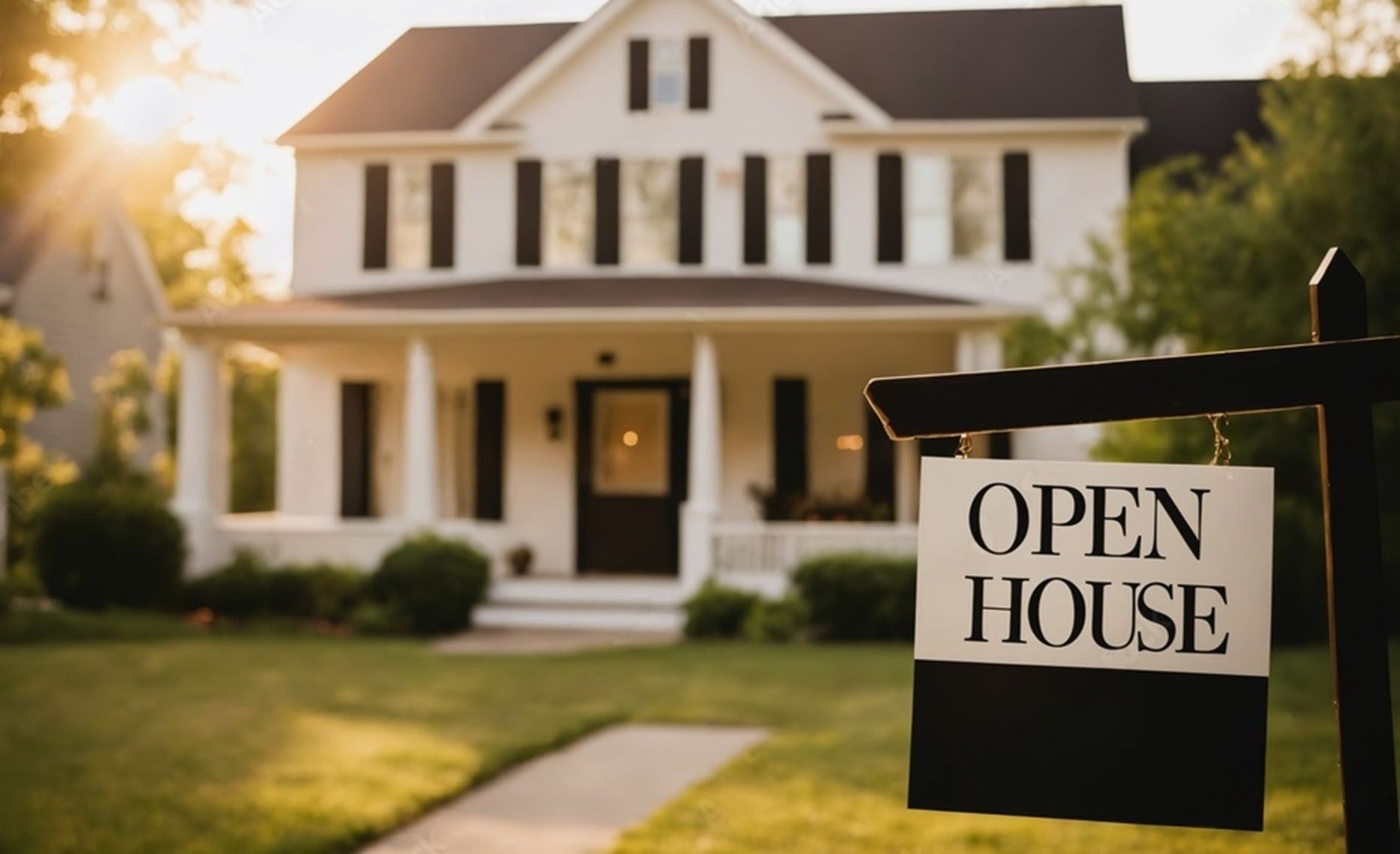3 Precautionary Stories of What NOT to Do When Selling Your House
Preparing your home to sell can be a daunting task that requires a multitude of smaller projects along the way. From decluttering to cleaning to staging, here are three stories from personal experience that will help to show you what not to do when selling your home.
True Story #1. Setting out for a full day of showings, my clients were excited to see one particular house because it checked all of the boxes for their wants and needs. It was the last showing on our list for the day, and it was the one they most looked forward to. They had high hopes that it would be “the one”.
Upon arrival, the wife raved about the study, she loved the size of the kitchen, and she was impressed by the ceiling height of the living room. She was also very observant about how many pets possibly lived in the home based on the numerous feeding bowls placed in several areas downstairs.
As I led the way upstairs, she stated that the Owners must have a cat because she felt the onset of an allergic reaction. We casually laughed it off, but as she reached the second floor, her laughter turned into a scream. Unbeknownst to me, a cat had darted out of one of the bedrooms and scampered past her into another room.
And that was it.
While I was processing what happened, my client scooped up her daughter and was already downstairs and heading out the door. She was not only allergic to cats, but both she and her daughter were afraid of them, too. We never finished the tour, and instead of that house being “the one”, it became “the one with the scary cat”.
Sellers, it’s fairly common to remain living in your home while it’s on the market, but that doesn’t mean that Buyers want to see how you live. The house should be presented in a way in which potential Buyers can see themselves living there.
TIP: Take the time to declutter, clean, and organize to prepare for showings and Open Houses.
DON’T:
- leave dishes in the sink (whether dirty or clean)
- leave trails or piles of clothes, shoes, books, or toys on the floor (which could be a safety hazard as Buyers are walking through)
- leave all of the toiletries on bathroom counters (less clutter shows off more space)
- have trinkets, gadgets, and miscellaneous items scattered around (which could make the space look messy)
- leave paperwork in haphazard piles (or put them away)
- let pets roam around the house during showing times (even if you know your pet is harmless, Buyers don’t)

True Story #2. First impressions are important, and when selling a home, that impression typically happens as soon as potential Buyers pull up to the curb. On this particular Saturday morning, my Buyer-clients and I arrived at the starting time for an Open House and immediately noticed that the curb appeal was not appealing. Amongst a street full of manicured lawns, it was obvious that this home that was up for sale had seen neither a lawn mower nor weed eater in a few weeks.
It didn’t get any better.
Our view of the unappealing lawn was prolonged for ten minutes because the Open House wasn’t open yet. The Sellers were running behind to leave, so those of us who arrived on time had to wait outside in the Houston heat until they left. Once we made it inside, we began to see the details that weren’t visible in the attractive listing photos.
While the kitchen was welcoming and the living room appeared cozy, they were overshadowed by the stickiness of the kitchen floor that could be heard with each step, the loose handrail that pulled away from the wall when my client touched it, the questionable wet stain in one bedroom, the backyard overrun by more weeds, and the (real) cobwebs that decorated the outdoor dartboard.
It was the worst house I’d ever shown to clients.
Sellers, it’s understandable that, sometimes, whether it’s due to financial, legal, or even time constraints, the circumstances under which a home is sold may not be favorable to getting it to look picture-perfect. However, at a minimum, it’s imperative that the home at least be presented with some degree of consideration of the fact that the goal is to get the house sold. You want potential Buyers to like what they see, so highlight the home’s features rather than detract from them.
TIP: Pay attention to small details that might have a bigger impact on Buyers
DON’T
- let the lawn overgrow (at the very minimum, keep the front yard maintained)
- ignore the appearance of the front door, garage door, and siding (if you can’t get it power washed, a bucket of soapy water and a sponge can work just as well)
- have dark rooms where blinds and curtains are closed or light bulbs are burned out (this could affect the way Buyers envision how they could utilize the space)
- forget to dust and clean windows, light fixtures, and surfaces (even if you don’t think it’s noticeable, it will be)
- leave interior door frames, doorknobs, cabinet fronts, walls, and baseboards showing grime and dirt (it costs nothing to wipe them down)
- let broken or loose items remain unfixed or unidentified (especially if they could pose a safety hazard to potential Buyers like a loose stair rail)
- leave carpeted areas unvacuumed or hard-surface floors dirty or grimy (Buyers look at the floor, too)
- force potential Buyers to wait outside for an Open House because of tardiness (this could turn away a potential Buyer before they even make it into the house)
Read The Seller’s Guide to Preparing for an Open House for more tips
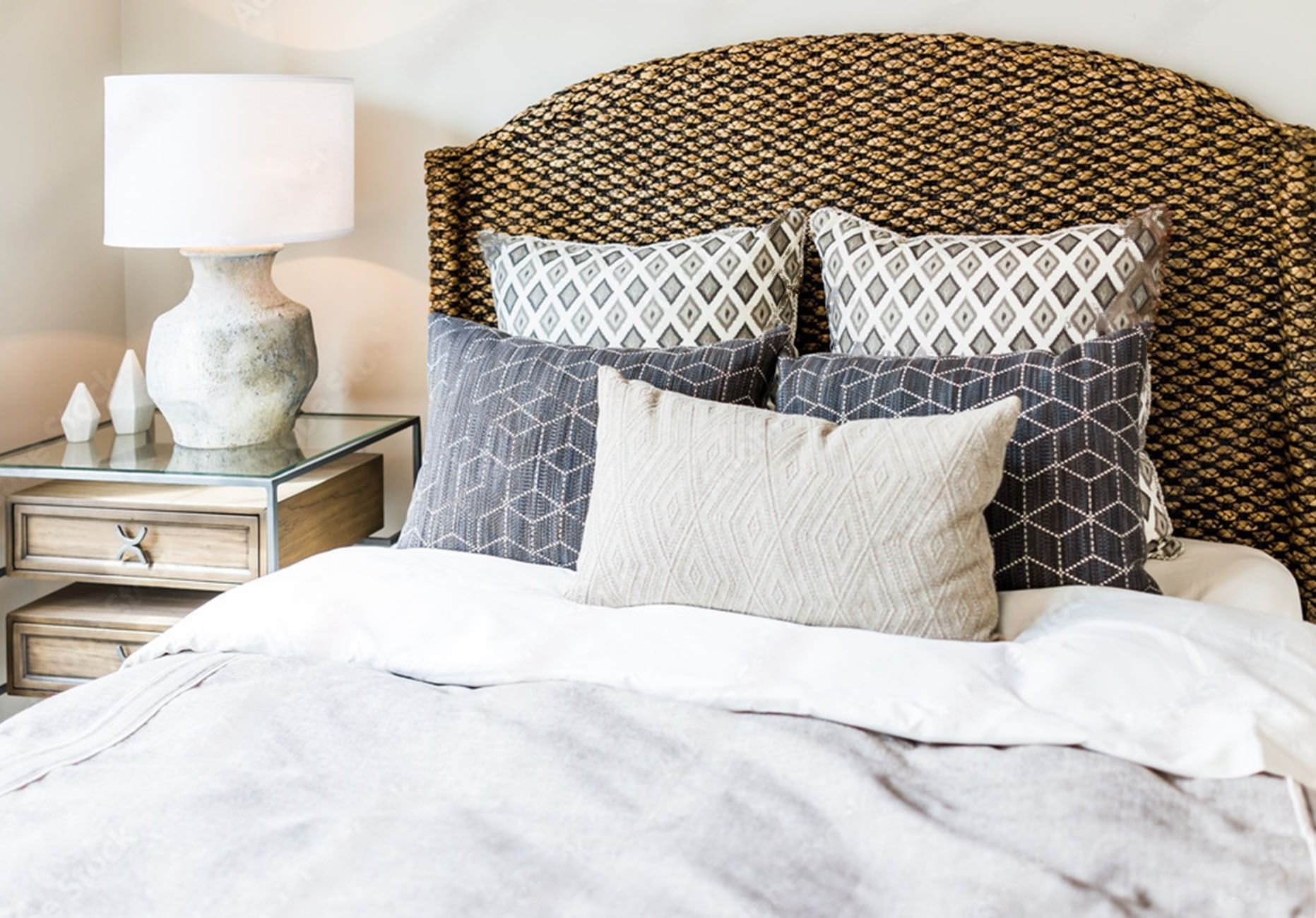
True Story #3. During a weekend showing with a family of Buyer-clients, we spent a lot of time in one particular home that was fully decorated and quite attractive. The decor arrangement on the entryway table; the attractive family photos that lined a wall; the cuteness of the children’s bedrooms; the arrangement of the living room furniture…with every room we entered, my clients were admiring the homeowner’s contents of the space.
But this isn’t always a good thing.
Although my clients enjoyed the house and the way that it was decorated, we had to go back a second time so they could focus on viewing the home without being distracted by all of the homeowner’s belongings which was still a challenge the second time around.
Sellers, of course, want Buyers to feel something when they tour the home. Whether it’s a sense of comfort, awe, or inspiration, the feeling that Buyers get during a home tour can be a compelling factor in their decision to make an offer.
However, it’s important to have a balance where the home is tastefully staged in order to appeal to a variety of Buyers but not so overdone or overwhelming that the staging prevents most Buyers from seeing what the home has to offer.
TIP: When staging, take yourself out of the equation to depersonalize the home.
DON’T
- leave family photos, accolades, awards, or collectibles on display (Buyers need to see themselves in your home)
- leave magnets, artwork, menus, and calendars covering the refrigerator (visual clutter can be overwhelming)
- ignore the fact that your personal taste and style in wallpaper, paint, or decorative elements may not be the most appealing to the average Buyer (you may love it, but Buyers may not)
- overdo it when it comes to throw pillows and blankets on the furniture (scaled-back and streamlined is better)
- make it difficult for Buyers to maneuver a space because of plant pots, oversized furniture, or exercise equipment (which can prevent a Buyer from viewing the space from different angles)
In order to maximize the potential of getting the full asking price on your home, remember that it will take some time and effort to prepare the home before listing it as well as before opening the doors for showings.
